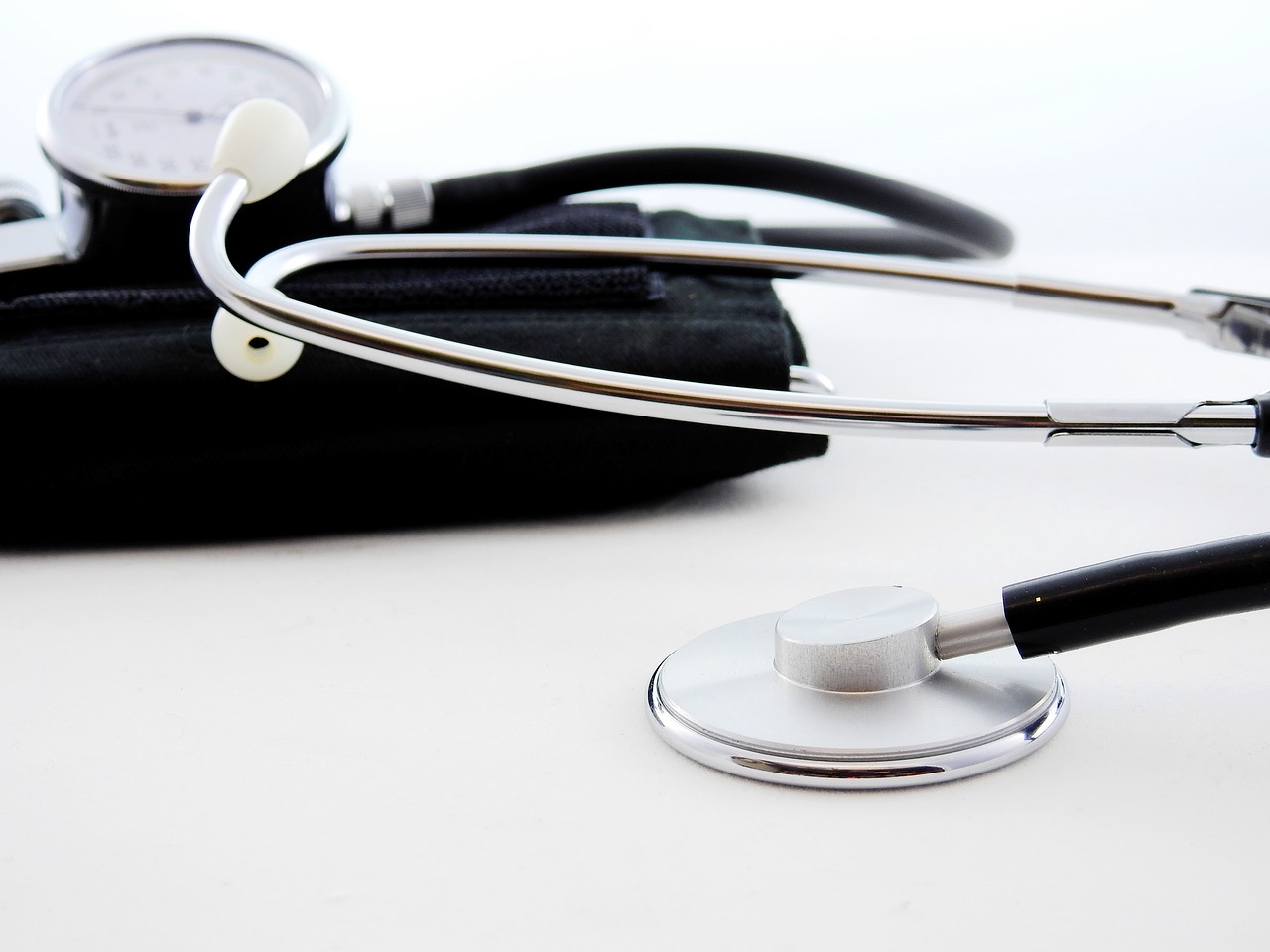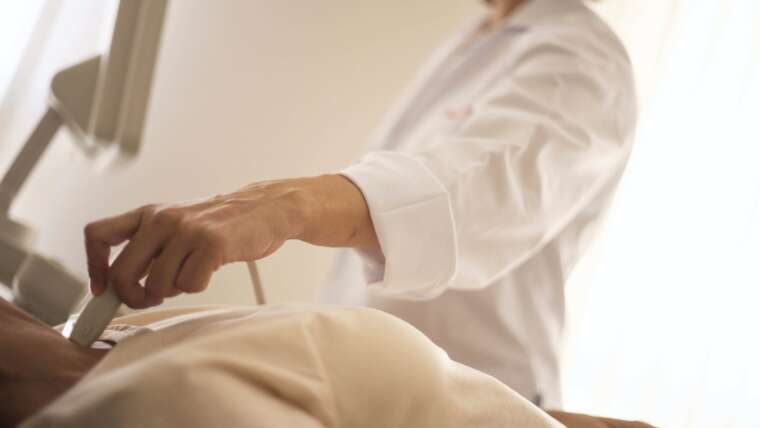
Table of Contents
- 1 Key Takeaways:
- 2 Introduction
- 3 The Need for Efficient Patient Monitoring
- 4 What Are Real-Time Monitoring Systems?
- 5 Key Benefits of Real-Time Monitoring in Healthcare
- 6 Technology Behind Real-Time Monitoring Systems
- 7 Challenges and Considerations for Implementation
- 8 Case Studies: Successful Integrations of Monitoring Systems
- 9 Future Trends in Real-Time Patient Monitoring
- 10 Conclusion: The Road Ahead for Patient Care
Key Takeaways:
- Real-time monitoring systems enhance patient care by providing continuous, accurate data.
- Implementing these systems helps healthcare professionals make informed decisions quickly, improving patient outcomes.
- Understanding the benefits and challenges of these systems can guide better integration into hospital settings.
Introduction
Real-time monitoring solutions have become indispensable for enhancing patient care in today’s hectic healthcare setting. These systems provide healthcare professionals with continuous, accurate data that is vital for quickly making informed decisions. By integrating patient tracking systems, healthcare facilities can bridge gaps in traditional monitoring methods, ultimately leading to better patient outcomes. The precision and immediacy offered by these systems allow for timely interventions that can be crucial in critical care settings.
The demand for efficient patient monitoring is increasing as healthcare providers strive to deliver top-notch service despite growing patient numbers. By embracing advanced technologies, patient outcomes are improved, and healthcare professionals find their workload more manageable. As hospitals contend with resource constraints, these systems provide a vital support mechanism that enhances patients’ overall quality of care.
The Need for Efficient Patient Monitoring
The challenge of delivering high-quality patient care in busy medical settings is real. Overcrowded facilities and limited staff make adopting systems that enhance efficiency crucial. While traditional monitoring methods can fall short due to manual constraints and delayed data feedback, advanced monitoring technologies offer a seamless integration of data and alert systems. Instead of getting weighed down by administrative tasks, healthcare providers may concentrate on patient care.
Real-time tracking of health metrics guarantees that minor patient status alterations are detected early. This early detection is imperative in preventing minor issues from escalating into serious problems. Moreover, with healthcare costs on the rise, the efficiency brought about by these systems helps cut down unnecessary expenditures.
What Are Real-Time Monitoring Systems?
Real-time monitoring systems are technological solutions that continuously collect critical patient data, including vital signs such as heart rate and oxygen levels. This provides a comprehensive view of the patient’s health status. These systems offer constant updates, enabling healthcare professionals to respond promptly to any changes. This real-time aspect is fundamental in critical care scenarios, where every minute counts.
Electronic health records (EHRs) and these systems frequently combine to provide a single platform for patient data. This integration simplifies the workflow for medical staff, allowing easy access to comprehensive patient information when needed. It also minimizes the risk of human error since data entry is automated and monitored consistently.
Key Benefits of Real-Time Monitoring in Healthcare
The adoption of real-time monitoring brings several advantages. It enhances response times, allowing for immediate intervention when necessary. Furthermore, it facilitates personalized care by tailoring treatments to patients’ needs. According to a study by HealthIT.gov, integrating technology into healthcare practices significantly improves patient care outcomes, illustrating the real-world impact of these systems. The capacity to continuously monitor patients without requiring invasive check-ins enhances patient comfort and facilitates better patient experiences.
These systems, for example, can monitor and trend a patient’s state in managing chronic diseases, warning medical professionals of possible problems before they become serious. This proactive approach is beneficial to patient outcomes and cost-effective, reducing the need for emergency interventions.
Technology Behind Real-Time Monitoring Systems
These systems rely on sensors, networks, and data analytics tools. The sensors capture patient data, which is then transmitted via secure networks for analysis. Advanced analytics, including AI and machine learning, help predict patient needs, enabling proactive rather than reactive care. This intelligent use of data allows healthcare professionals to anticipate and address complications proactively, thus improving care delivery.
Strong cybersecurity safeguards that guarantee patient data privacy and security form the foundation of the technology. These systems prioritize encryption and secure data protocols to protect sensitive information because the healthcare industry is a key target for cyber assaults. This preserves trust and ensures that healthcare rules are followed.
Challenges and Considerations for Implementation
Real-time monitoring has apparent advantages, but there are implementation issues. Three significant obstacles are integration with current systems, privacy issues, and data security. Organizations need to implement robust security measures to safeguard patient data. A systematic approach is needed to address these issues, which may involve significant operational and financial investments in infrastructure improvements and employee training.
Another significant challenge is ensuring interoperability between different healthcare systems and devices. Standardizing data formats and protocols is essential for seamless integration that allows other systems to communicate effectively.
Case Studies: Successful Integrations of Monitoring Systems
Several hospitals have successfully integrated real-time monitoring systems, showcasing tangible benefits in patient care. These institutions report enhanced monitoring accuracy and have observed significant improvements in patient outcomes, affirming the value of these systems in a clinical setting. Due to timely interventions, such integrations reduce patient readmission rates and shorter hospital stays.
For example, a leading healthcare facility integrated a comprehensive monitoring system to monitor patients’ vital signs remotely. This implementation allows healthcare practitioners to manage resources better and concentrate on urgent care patients, increasing patient satisfaction.
Future Trends in Real-Time Patient Monitoring
Looking ahead, real-time monitoring systems are set to evolve further. Emerging technologies promise greater accuracy and more comprehensive data collection. Innovations such as wearable devices and advanced predictive analytics will soon become standard, offering more profound insights into patient health. These advancements will enable continuous care beyond the hospital walls, supporting outpatient management and home healthcare settings.
Furthermore, combining telemedicine with real-time monitoring can improve remote patient management even more, providing patients in underserved or isolated areas with unmatched access to care.
Conclusion: The Road Ahead for Patient Care
The advancement of patient care depends on real-time monitoring systems. The importance of these systems in healthcare will only grow as technology develops. Integrating real-time data will reshape patient-physician interactions, improving health outcomes and overall care quality. With thoughtful implementation and continuous innovation, real-time monitoring represents a dynamic shift towards a more efficient, effective, and compassionate healthcare system.


